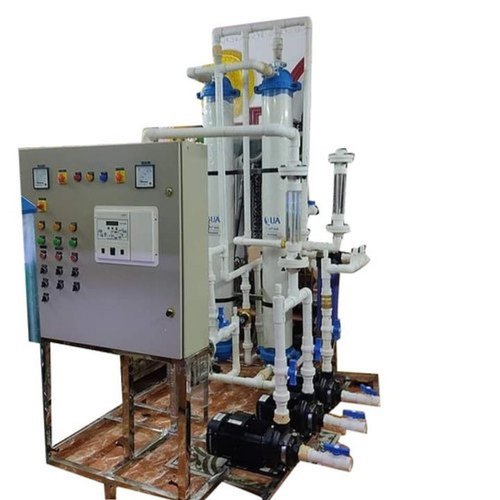What Is ZLD Plant and How Does It Work?
What Is a Zero Liquid Discharge (ZLD) Plant? A Zero Liquid Discharge (ZLD) plant is a facility designed to treat and manage industrial wastewater in such a way that no liquid waste is discharged into the environment. Essentially, the goal of a ZLD plant is to ensure that all water used in the industrial processes is either reused or converted into a solid byproduct, leaving no liquid effluent. How Does a ZLD Plant Work? The operation of a ZLD plant involves several stages, each aimed at recovering valuable resources and minimizing waste. Here’s a breakdown of the process: Pre-Treatment : The first step involves the preliminary treatment of wastewater to remove large particulates, oils, and other contaminants. This can include processes like screening, sedimentation, and flotation. Primary Treatment : In this stage, the wastewater undergoes physical and chemical treatments to remove suspended solids and dissolved pollutants. Common techniques include coagul...
